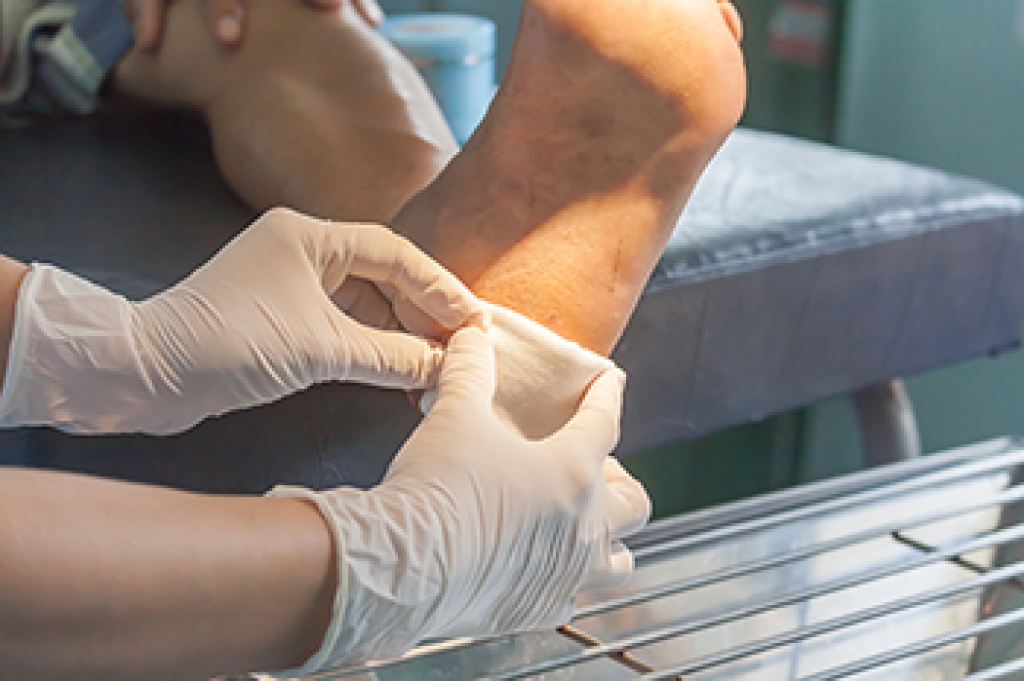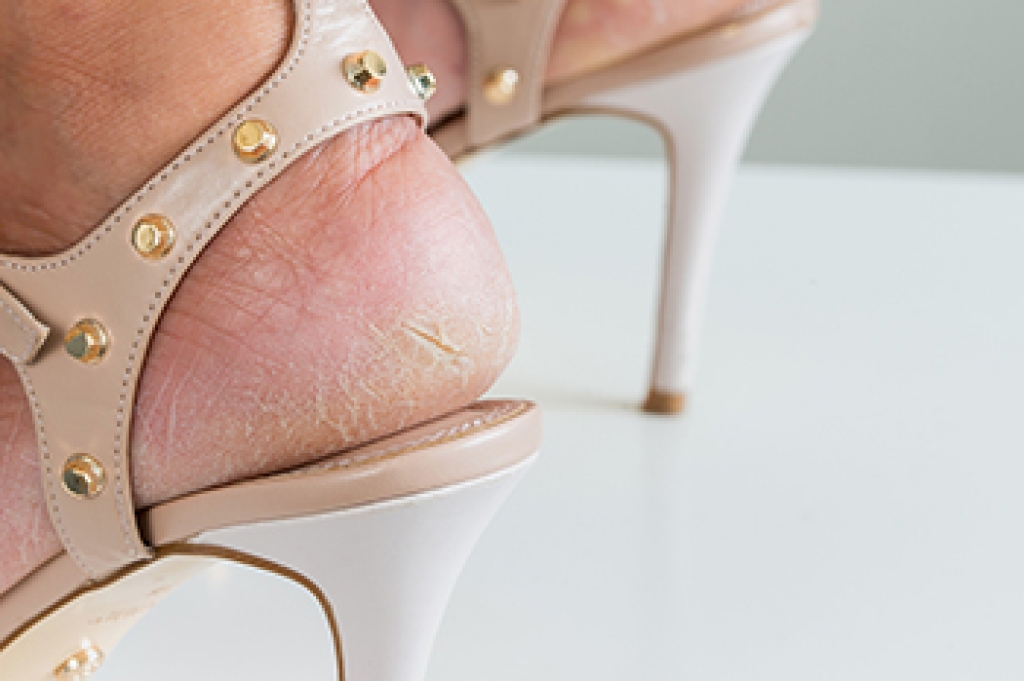
An ankle that feels unstable can create a sense that the joint is too loose. This is often due to stretched ligaments on the outer side of the ankle that can no longer hold the joint firmly in place. Looseness can develop after repeated sprains or a single major injury, and people sometimes notice the ankle rolling inward more easily during walking. A high-arched foot or a heel that tilts inward can increase strain on the ligaments and contribute to ankle instability. Pain might occur on either side of the ankle because altered mechanics put stress on nearby structures, like the peroneal tendons. A podiatrist can evaluate gait, check ligament stability, and review imaging to determine whether the issue is true mechanical instability or pain that mimics it. Surgery may be considered if the stretched ligaments do not respond to more conservative care. If you feel like your ankle "gives way," when standing or walking, it is suggested that you make an appointment with a podiatrist for a diagnosis and treatment.
Ankle pain can have many different causes and the pain may potentially be serious. If you have ankle pain, consult with Dr. Castillo from Bronx Foot Care. Our doctor will assess your condition and provide you with quality foot and ankle treatment.
Ankle pain is any condition that causes pain in the ankle. Due to the fact that the ankle consists of tendons, muscles, bones, and ligaments, ankle pain can come from a number of different conditions.
Causes
The most common causes of ankle pain include:
- Types of arthritis (rheumatoid, osteoarthritis, and gout)
- Ankle sprains
- Broken ankles
- Achilles tendinitis
- Achilles tendon rupture
- Stress fractures
- Tarsal tunnel syndrome
- Plantar fasciitis
Symptoms
Symptoms of ankle injury vary based upon the condition. Pain may include general pain and discomfort, swelling, aching, redness, bruising, burning or stabbing sensations, and/or loss of sensation.
Diagnosis
Due to the wide variety of potential causes of ankle pain, podiatrists will utilize a number of different methods to properly diagnose ankle pain. This can include asking for personal and family medical histories and of any recent injuries. Further diagnosis may include sensation tests, a physical examination, and potentially x-rays or other imaging tests.
Treatment
Just as the range of causes varies widely, so do treatments. Some more common treatments are rest, ice packs, keeping pressure off the foot, orthotics and braces, medication for inflammation and pain, and surgery.
If you have any questions please feel free to contact our offices located in Bronx, NY Yonkers, NY . We offer the newest diagnostic tools and technology to treat your foot and ankle needs.




